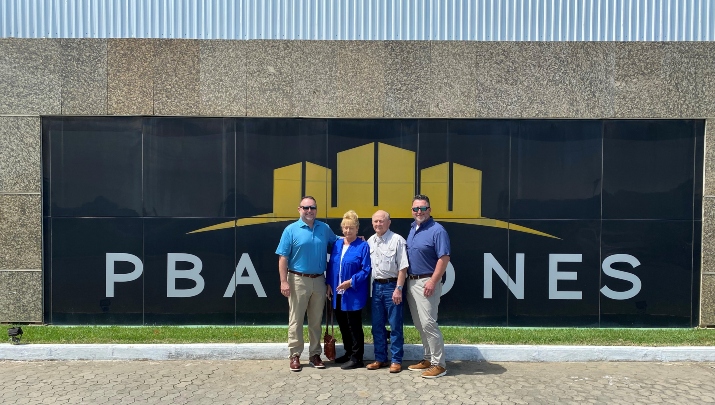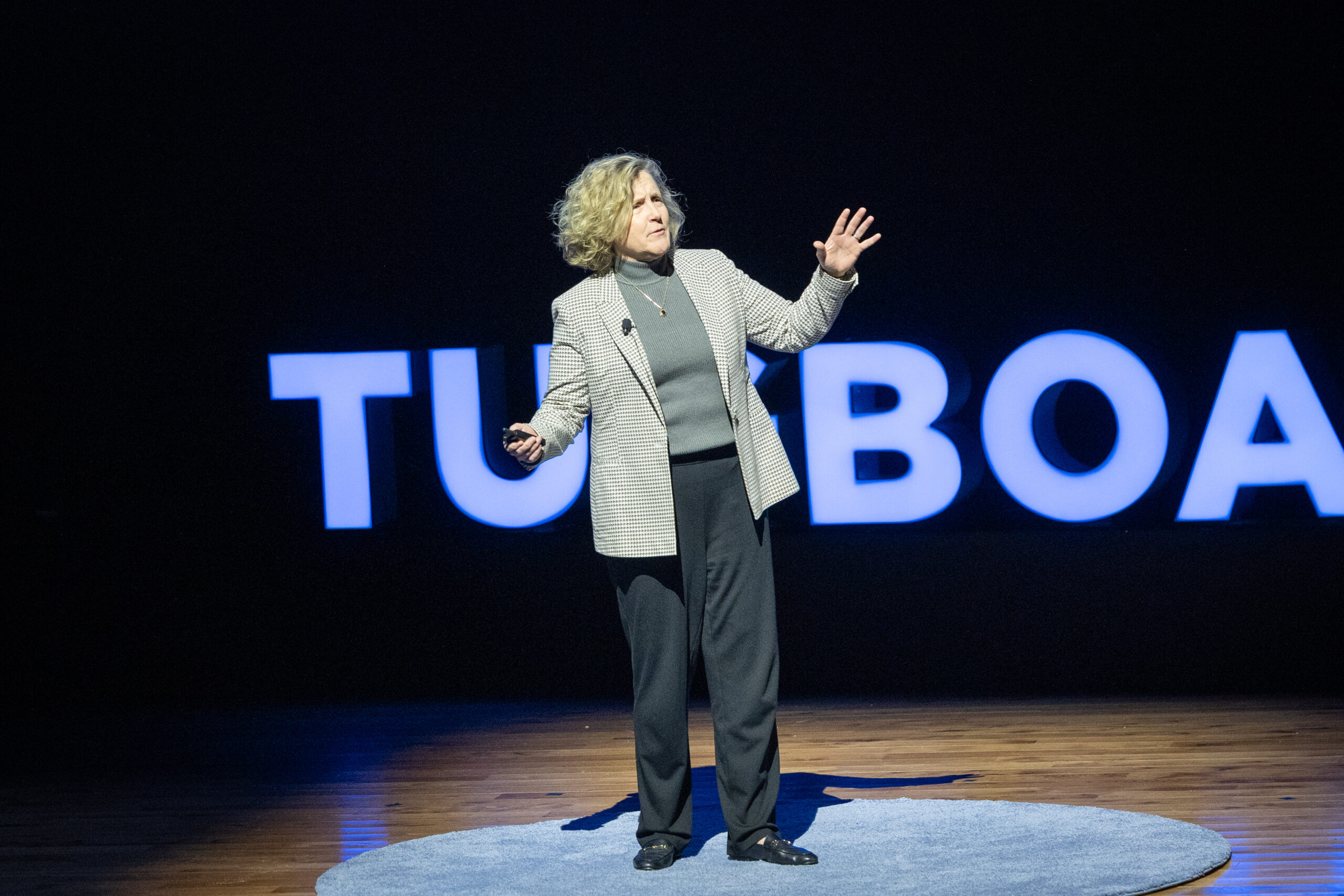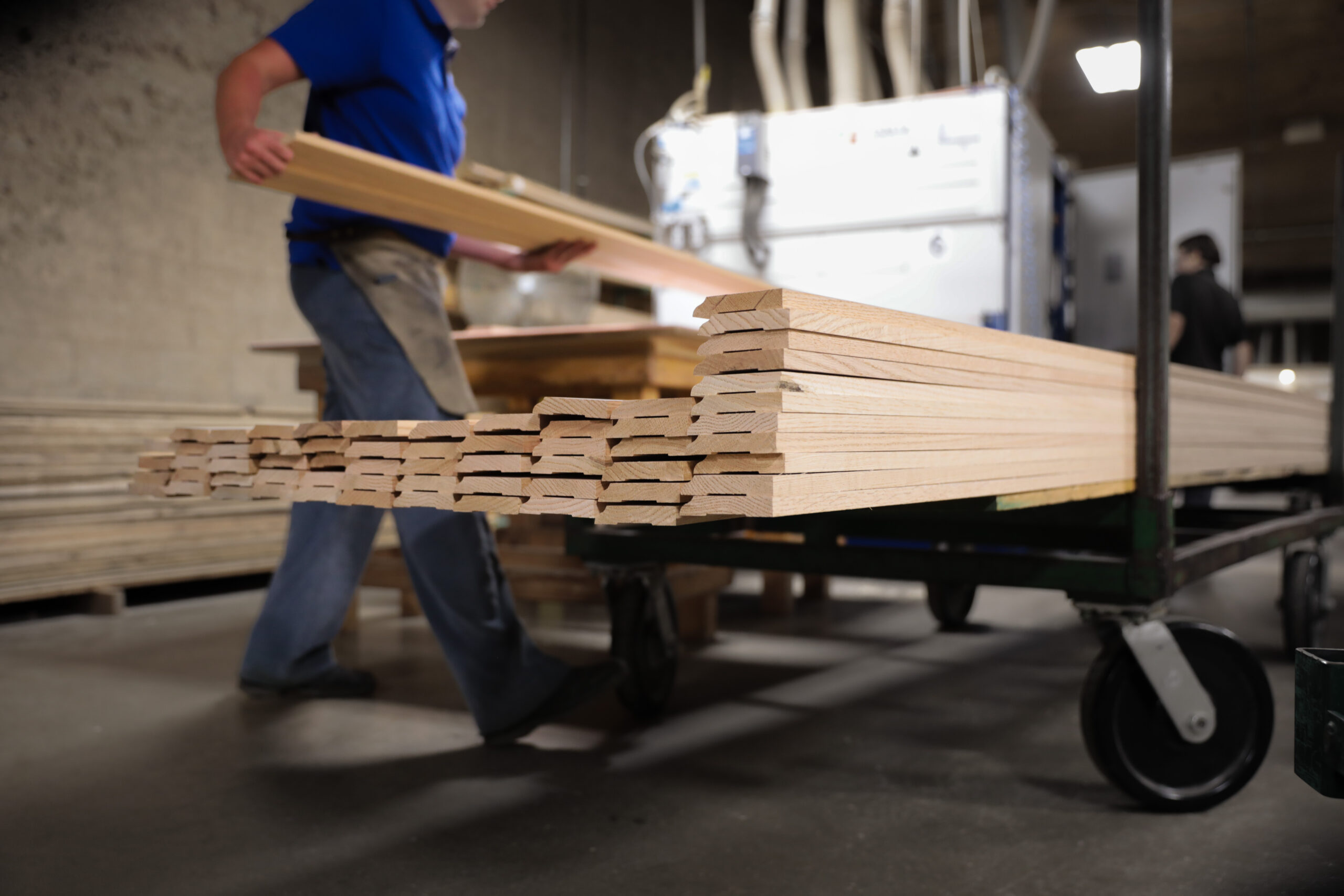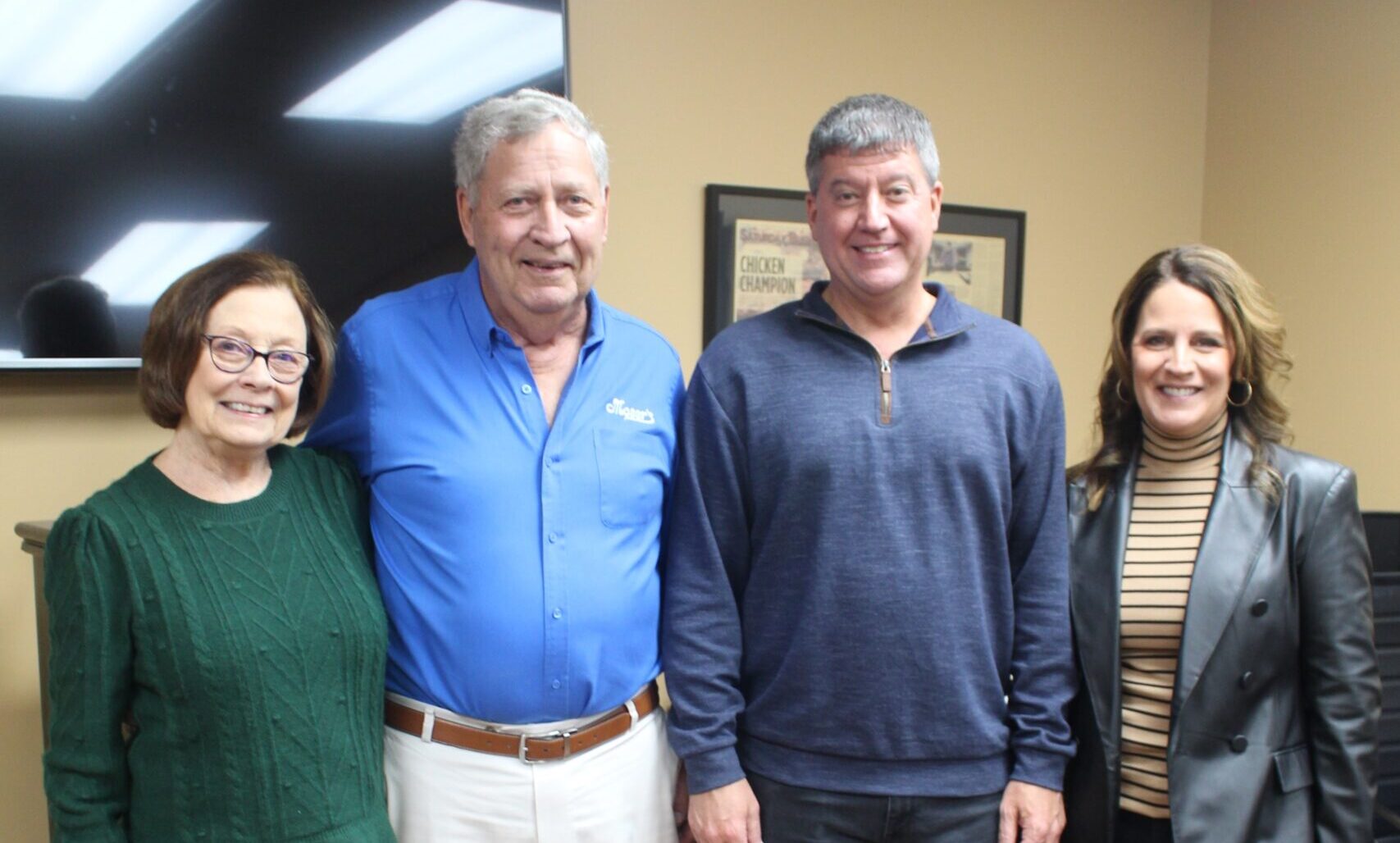

The First $25M are the Hardest
- John Wisenbaker
- Wisenbaker Builder Services
I went to work for my father’s company, Wisenbaker Carpet, in 1991, 21 years after he and his brother had founded it. I had my fresh new college degree in Industrial Distribution, and I was ready to make an impact. In my first stint with Wisenbaker, after learning the business, I piloted new programs and initiatives, and we grew, over seven years, from a $25M company to a $75M company. I felt pretty good about my accomplishments. But it wasn’t until I embarked on my next venture, outside of Wisenbaker, that I learned a humbling lesson: the first $25M are, in fact, the hardest.
My father and his brother founded Wisenbaker Carpet in 1970. As a kid, during the years when they were growing slowly, I worked in the company in the summers doing a lot of different jobs, from working in the warehouse, to driving a forklift, to installing carpet and learning the trade. By the time I came back to work full-time for my father after college, I had a sense of the business, along with newly minted business skills and a pretty good understanding of industrial distribution and installation. I was ready.
As soon as I got there, I started to notice aspects of the business that seemed antiquated and outdated. For example, we had a paper system for taking orders and filing them in the various places they needed to live. It seemed old and inefficient; I had been learning about the power and efficiency of computers, so I decided we needed to computerize our process. After doing some research, I launched and led an initiative to create a new Enterprise Resource Planning (ERP) system, putting together a team and even writing some of it myself on Disk Operating System (DOS). The process of duplicating what had been a pretty good paper system in DOS took about three years, and when it was done, we were streamlined and able to manage a higher capacity than our paper system had allowed.
Another project I undertook was a reorganization of the sales function from a staffing standpoint. Through my experience working in sales, I had realized that we were asking people to do more than one job, and that it was not possible for them to be fully successful as a result. Our salespeople were also doing the work of account managers, and they not only didn’t have the time for that, but they also lacked the skills. The reorganization allowed us to scale the company and leverage our people. The leap from $25M to $75M in seven years represented the fastest period of growth the company had seen by far. By the end of this period, I had been promoted to President, and my father was CEO.
During this time, in addition to carpet, wood, and vinyl floors, we added tile, countertops, and showers to our product and service line. We changed our name to reflect this expansion and became Wisenbaker Builder Services. Corian for countertops was all the rage at the time; in short order, we became the largest fabricator of DuPont Corian in the United States. But a few years in, demand started to shift toward stone countertops. I was interested, so I did some research and settled on quartz as the right product for us. We started to bring it into our product line, which did not make our suppliers at DuPont happy. They threatened to cut us off. At Wisenbaker, it was clear that we had to provide the products that our customers were asking for, so we decided to risk losing the relationship and chose fidelity to our customer over fidelity to our distributor. We were going to diversify if that is what our customers demanded.
Throughout the negotiations with the DuPont distributor over this disagreement, I had been the point person on our side, and the person on their side was a young man about my age – early 30s. As we sought a solution to the conflict, he had an idea: What if Wisenbaker stuck to DuPont Corian, and he and I left our respective companies and together, started a new one, selling the quartz countertops I wanted to bring in? His company agreed, my father agreed, and we took the leap.
My partner and I started a company called US Stone. We didn’t bootstrap it; we were able to leverage the two parent companies, which enabled us to negotiate with Bank of America, take out a sizeable loan, and get to work. We got an office trailer and started building a factory.
As we built our business, the challenges and the demands on our time were extreme. We struggled to find a supplier that would work with us and still allow us to own our own brand. We settled on one in Italy, which meant frequent trips overseas. Meanwhile, I had four kids under seven at home. We had plans to create the industrialized fabrication process that didn’t exist, but the hurdles were endless, and included things that I would never have imagined.
Here’s a simple story that illustrates how it went in the early days. One day, my partner and I were sitting in the office trailer we had rented. The sun was coming in the windows and making it hard to see our computer screens. We decided we needed blinds for the windows. There was no one to send on this errand, so we eventually found time to go to Home Depot and buy them, and then they sat of the floor for months because we were too busy to put them up. We also ran out of toilet paper – there was no one to go buy it but us. Little things like this made me realize how much we take for granted in established companies. Starting a new business, you have to be responsible for every little detail, including the tiny and very un-glamourous ones. It was exhausting.
Keep in mind that we were not bootstrapping this business like my father and uncle did. We had money and we had a plan. But we had no systems, no processes, and in the early days, no people. We were starting from scratch, and we had to do everything. Suddenly that paper system I had replaced at Wisenbaker looked pretty good.
US Stone made it; we were able to build and scale it quickly, in great part thanks to the financial backing our parent companies had facilitated. It was a real lesson in building something from the ground up. After seven years, I was ready to leave this now-successful venture behind and return to my Evergreen® roots at Wisenbaker.
When I came into Wisenbaker as a punk kid out of college, thinking I would be the one to turn this small little company into something big, I failed to give my father credit for the work he had done to get the company where it was. I learned through my experience at US Stone that the journey from $0-$25M is incredibly hard. In many ways, it’s much harder than the journey from $25M-$75M, because the foundation in this second phase was solidly in place and the resources to do the work existed. I gained a whole new appreciation and respect for the incredible work they did.
More Articles and Videos

Both/And Thinking: Harnessing the Positive Potential of Tensions
- Marianne Lewis
- Carl L. Linder College of Business, University of Cincinnati

Leading Through Uncertainty – Tugboat Institute® Summit 2025
- Jackie Hawkins
- Tugboat Institute

Get Evergreen insight and wisdom delivered to your inbox every week
By signing up, you understand and agree that we will store, process and manage your personal information according to our Privacy Policy




